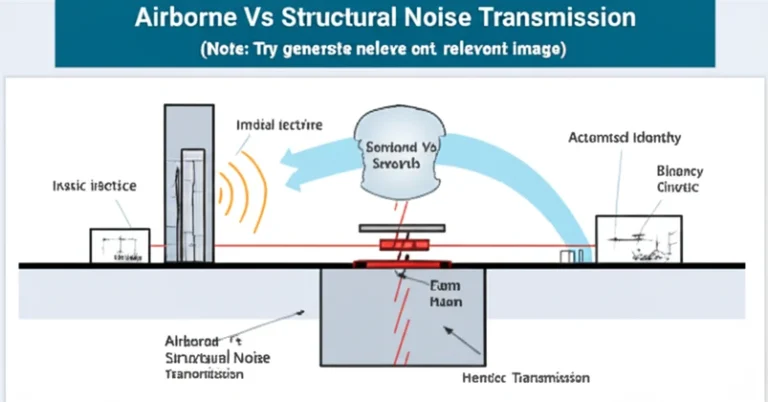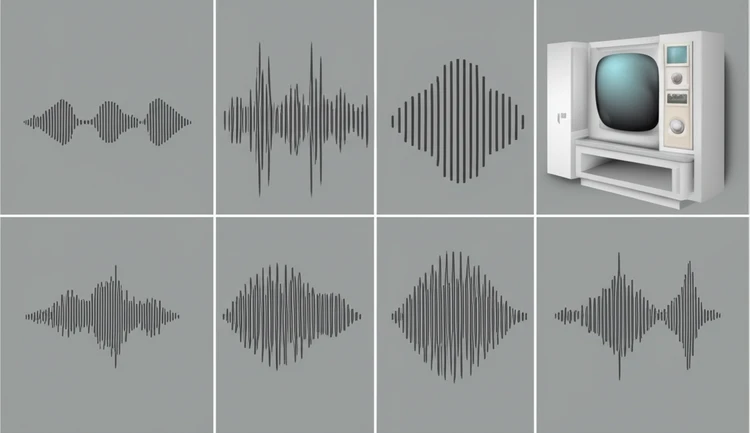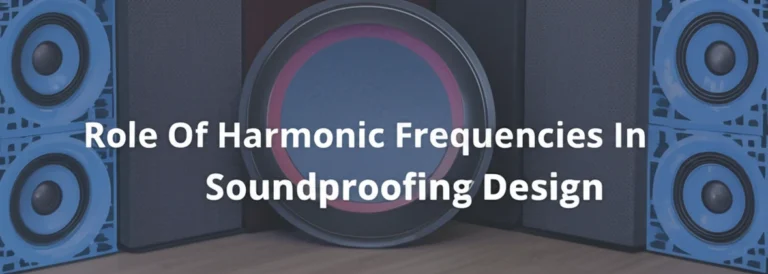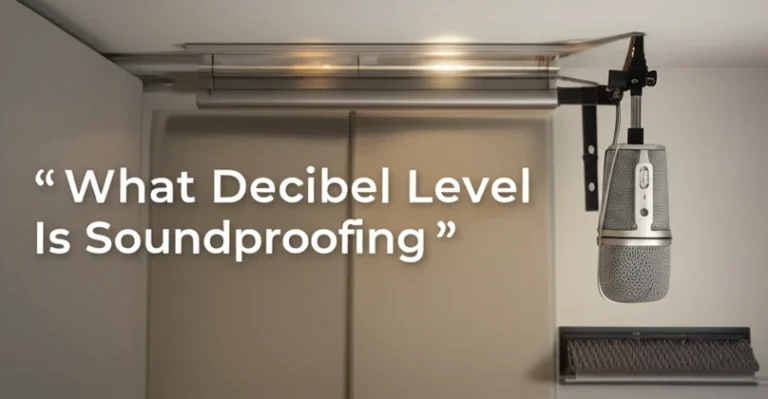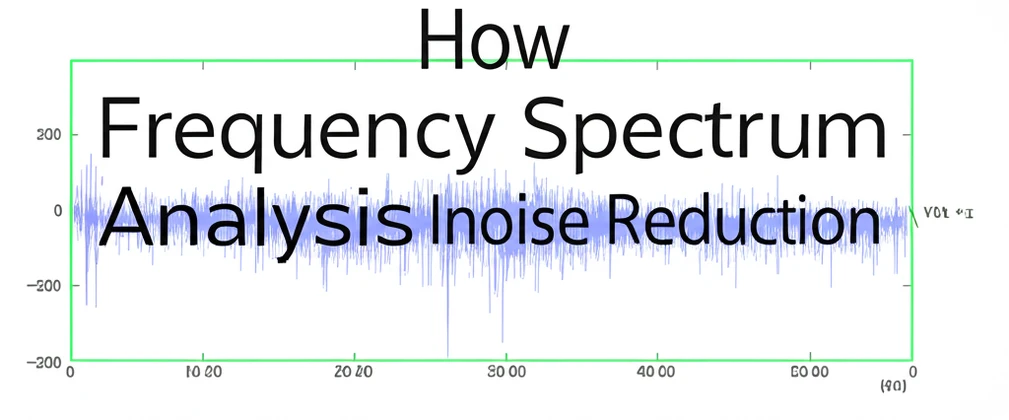
Understanding how frequency spectrum analysis improves noise reduction is crucial for creating effective soundproofing solutions. By analyzing the unique characteristics of sound, this method allows for precise targeting of problematic frequencies, leading to enhanced noise control across diverse environments, from homes and offices to industrial settings and recording studios. This article provides a comprehensive guide to how frequency spectrum analysis enables more effective noise reduction.
What Is Frequency Spectrum Analysis?
Frequency spectrum analysis is a method used to decompose a complex sound signal into its individual frequency components, revealing the intensity of each frequency present.
This detailed breakdown allows for a precise understanding of the noise profile, identifying dominant frequencies, harmonics, and other characteristics. The process involves measuring sound pressure levels across a range of frequencies, typically using specialized equipment like a spectrum analyzer. This data is then visually represented as a graph, showing the amplitude of each frequency component.
This visual representation, the frequency spectrum, helps pinpoint the specific frequencies contributing most significantly to unwanted noise.
Components of a Frequency Spectrum
A frequency spectrum typically displays frequencies from low to high. Understanding these ranges is crucial for effective noise reduction:
- Low Frequencies (typically below 250 Hz): These are characterized by long wavelengths and are perceived as deep rumbling or humming sounds. Examples include the hum of an HVAC system, traffic noise, or the thumping of bass from a stereo.
These low-frequency sounds are difficult to block and often require specialized noise reduction techniques.
- Mid Frequencies (typically 250 Hz to 2 kHz): This range encompasses most human speech, musical instruments, and many common environmental sounds. Mid-frequency noise is more easily absorbed and managed compared to low frequencies.
- High Frequencies (typically above 2 kHz): These sounds have short wavelengths and are perceived as sharp, hissing, or whistling sounds. Examples include the chime of a doorbell, the screech of brakes, or high-pitched electronics noise.
These frequencies are relatively easy to absorb and diffuse.
How Noise Frequencies Affect Reduction Techniques
The effectiveness of various noise reduction techniques depends heavily on the frequency of the noise being targeted. How frequency spectrum analysis improves noise reduction lies in its ability to identify these dominant frequencies and guide the selection of appropriate countermeasures.
Low-Frequency Challenges
- Properties: Long wavelengths allow low-frequency sounds to easily bypass obstacles and penetrate walls, making them particularly challenging to mitigate.
- Solutions: Effective low-frequency noise reduction necessitates the use of dense, heavy materials that can resist vibrations. Strategies include adding mass-loaded vinyl, constructing thick concrete walls, or implementing decoupling methods like floating floors to isolate structural vibrations.
Mid-Frequency Management
- Properties: Mid-frequency sounds, being less penetrative than low frequencies, are more readily absorbed by common materials.
- Solutions: Absorption is key for mid-frequency noise control.
Acoustic panels, carpets, thick curtains, and specialized sound-absorbing furniture can effectively dampen these sounds, reducing echoes and overall noise levels.
High-Frequency Handling
- Properties: The short wavelengths of high-frequency sounds make them easier to scatter and absorb.
- Solutions: Porous materials like acoustic foam, curtains, and even strategically placed furniture can effectively diffuse and dampen high-frequency noise.
Tools and Methods for Frequency Spectrum Analysis
Accurate frequency spectrum analysis requires specialized tools and techniques.
Spectrum Analyzers
Spectrum analyzers are devices or software applications that visualize sound across different frequencies. These tools use algorithms, often based on the Fast Fourier Transform (FFT), to decompose complex sound waves into their constituent frequencies, displaying the results as a graph. Real-time spectrum analyzers allow for immediate feedback, useful for adjusting audio equipment or identifying noise sources on the spot.
Microphone Placement
Correct microphone placement is vital for accurate data collection.
Microphones should be placed in locations representative of the listening positions where noise reduction is desired. In complex environments, multiple microphone measurements may be necessary. Understanding microphone polar patterns and their impact on frequency response is crucial for accurate measurements.
Data Interpretation
Interpreting the frequency spectrum data is crucial for choosing appropriate noise reduction strategies.
Peaks in the spectrum indicate dominant frequencies that require attention. The height of the peak represents the sound pressure level at that frequency, guiding the selection of materials and techniques based on their effectiveness at those specific frequencies.
The Role of Frequency Spectrum Analysis in Noise Reduction
Precise Material Selection
Frequency spectrum analysis provides data-driven insights for choosing the right materials. Dense materials are best for low frequencies, absorptive materials for mid frequencies, and porous materials for high frequencies.
This targeted approach ensures optimal performance and avoids unnecessary costs.
Customized Soundproofing
Each environment has unique acoustic challenges. Frequency analysis allows for tailored solutions based on the specific noise profile of the space, whether it’s a home, office, factory, or recording studio.
Improved Efficiency
By pinpointing problem frequencies, resources can be focused where they are most needed, optimizing cost-effectiveness and minimizing unnecessary treatments.
Real-Life Applications of Frequency Spectrum Analysis
Home Noise Reduction
A homeowner experiencing noise from a nearby highway used a sound level meter and spectrum analyzer app to identify a dominant frequency at 63 Hz with a sound pressure level of 75 dB. This information guided the installation of a double-layered drywall system with Green Glue damping compound, resulting in a reduction of the 63 Hz noise to 55 dB.
Industrial Noise Control
In a manufacturing facility, noise measurements identified a peak at 1 kHz with a sound pressure level of 90 dB, generated by a specific machine.
Acoustic enclosures incorporating both absorptive and barrier materials were designed and installed around the machine, reducing the 1 kHz noise to 70 dB.
Studio Acoustics Optimization
A recording studio used a calibrated microphone and spectrum analyzer to identify problematic reflections in the 500 Hz range, negatively impacting recording clarity. Strategically placed diffusers and bass traps effectively addressed these reflections, resulting in a smoother frequency response and improved recording quality.
Expert Techniques for Effective Noise Reduction
Layered Soundproofing
Combining multiple materials with different acoustic properties is highly effective. A typical layered approach might involve a dense barrier like mass-loaded vinyl for low frequencies, coupled with an absorptive layer like mineral wool for mid and high frequencies, maximizing noise reduction across a broader spectrum.
Active Noise Cancellation (ANC)
ANC uses microphones to analyze incoming noise and generates inverse sound waves to cancel specific frequencies.
While highly effective for consistent noise patterns like engine hum or constant background noise, ANC is less effective for unpredictable sounds.
Environmental Adjustments
Optimizing the acoustic environment involves more than just materials. Strategic placement of furniture, rugs, and even artwork can influence sound reflections.
Addressing flanking paths, like gaps around doors and windows, is crucial for comprehensive noise control.
FAQ
What is the purpose of frequency spectrum analysis?
Frequency spectrum analysis pinpoints the specific frequencies contributing most to unwanted noise, enabling tailored noise control solutions that address specific acoustic challenges efficiently.
How does frequency affect noise reduction?
Different frequencies respond differently to various materials and techniques. Low frequencies require dense barriers due to their long wavelengths and ability to penetrate materials. High frequencies, with their shorter wavelengths, are more readily absorbed and scattered by lighter, porous materials.
Can I perform frequency analysis at home?
While basic sound level meter apps can provide some frequency information, these measurements are often not as accurate or detailed as those obtained with professional equipment.
For precise analysis and tailored solutions, consulting with an acoustics professional is recommended.
Conclusion
Frequency spectrum analysis is a powerful tool for effective noise reduction. By understanding the specific frequencies that contribute to unwanted noise and how those frequencies interact with different materials, you can create customized solutions for any environment. This scientific approach empowers you to achieve superior acoustic control, leading to quieter, more comfortable, and productive spaces.
Leveraging frequency analysis is a crucial step towards achieving significant and targeted improvements in any noise reduction project.

